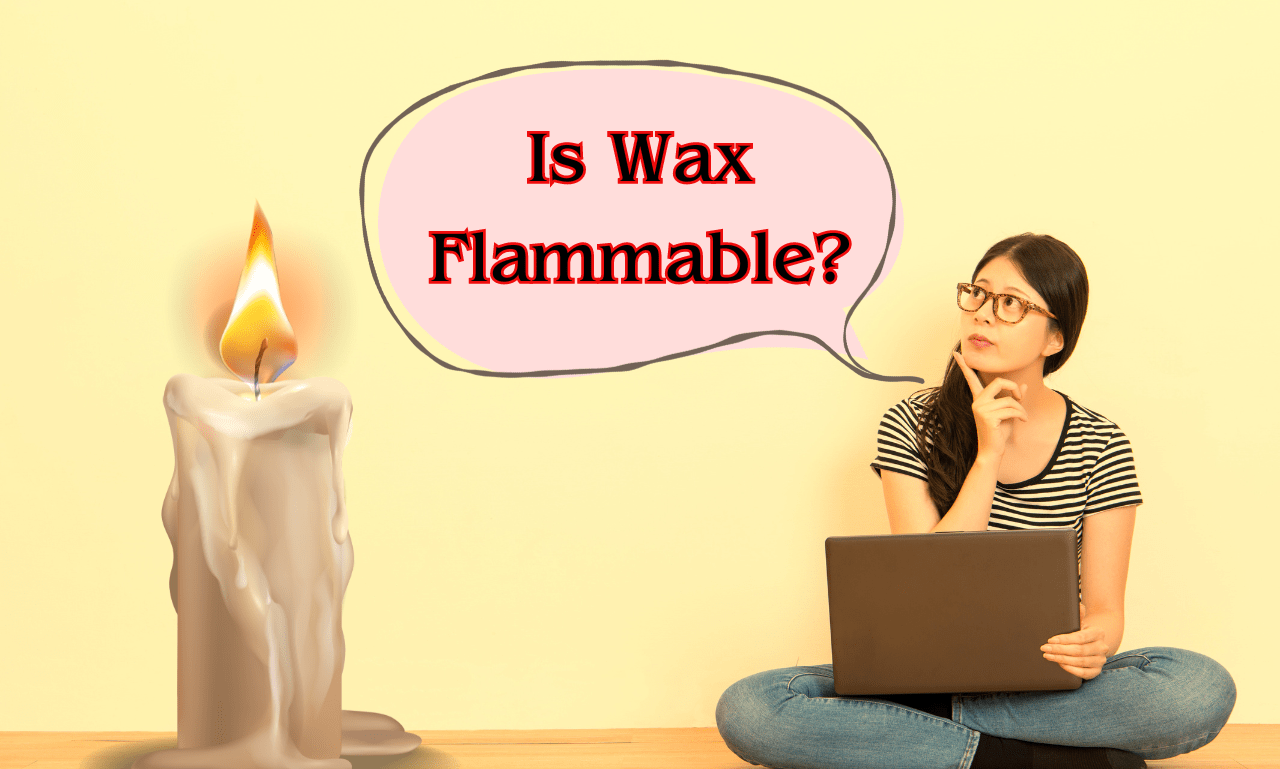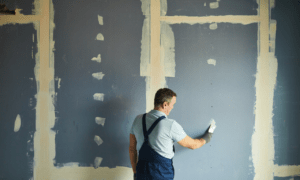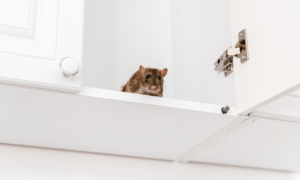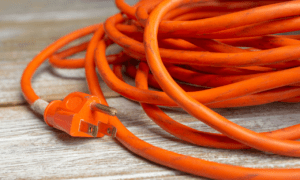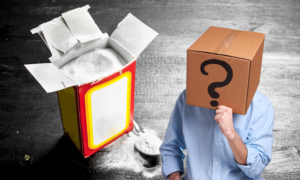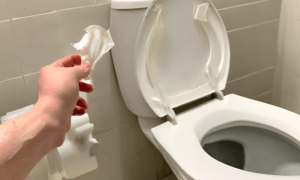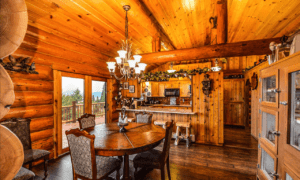Introduction
Understanding the Flammability of Wax: Myths vs. Reality
Wax is a versatile material widely used for various purposes, including candle making, home decor, and DIY projects. However, questions often arise regarding its flammability. In this comprehensive guide, we’ll delve into the facts about wax flammability, dispel myths, and provide essential insights for safe use.
Why Knowing About Wax Flammability Matters in Interior DIY Projects
For interior DIY enthusiasts, understanding the properties of materials used in projects is crucial. Wax’s flammability is a critical aspect to consider, especially when incorporating candles or wax-based decor elements. Being informed about fire risks and safety measures ensures that your DIY endeavors remain both creative and safe.

What Makes Wax Flammable?
The Chemistry Behind Wax Combustion: Understanding the Basics
Wax has been used as a source of light and heat for centuries, making it a fundamental element in our lives. But have you ever wondered why wax can catch fire and burn so effectively? The answer lies in the fascinating realm of chemistry. In this chapter, we’ll dive into the science behind wax combustion, exploring the chemical reactions that occur and the conditions necessary for wax to become flammable.
The Chemistry of Wax Combustion
Wax is primarily composed of hydrocarbons, which are molecules made up of carbon and hydrogen atoms. These hydrocarbons provide the fuel that is essential for combustion. When heated to a certain temperature, the wax molecules break apart, releasing energy in the form of heat and light. This process is known as combustion.
During wax combustion, the following chemical reactions take place:
- Pyrolysis: This is the initial step where heat causes the wax to undergo a thermal decomposition process. In this phase, wax molecules break down into smaller hydrocarbon molecules and vaporize.
- Vaporization: The vaporized hydrocarbon molecules mix with the oxygen present in the air, creating a flammable mixture. This is crucial for the subsequent combustion process.
- Combustion: Once the vaporized hydrocarbons mix with oxygen and reach their ignition temperature, combustion occurs. This results in the production of heat, light, water vapor, carbon dioxide, and other byproducts.
The key takeaway is that wax combustion is a chemical reaction that requires the right conditions, including heat, oxygen, and an ignition source, to initiate the process.
Factors That Influence the Flammability of Different Wax Types
Not all waxes are the same, and their flammability can vary significantly. Several factors contribute to the differences in flammability among various wax types. Understanding these factors is essential when choosing wax products for interior use:
- Melting Point: The melting point of wax plays a crucial role in its flammability. Waxes with lower melting points are more likely to ignite at lower temperatures, making them easier to light. In contrast, waxes with higher melting points require more heat to begin the combustion process.
- Purity: The purity of the wax also affects its flammability. Pure, high-quality waxes are generally more consistent in their combustion behavior compared to waxes that contain impurities or additives. Impurities can alter the wax’s combustion characteristics, sometimes making it less predictable or efficient.
- Additives: Some waxes are treated with additives to enhance their performance or alter their properties. These additives can impact the wax’s flammability. For example, certain scented candles contain fragrances that may affect how the wax burns.
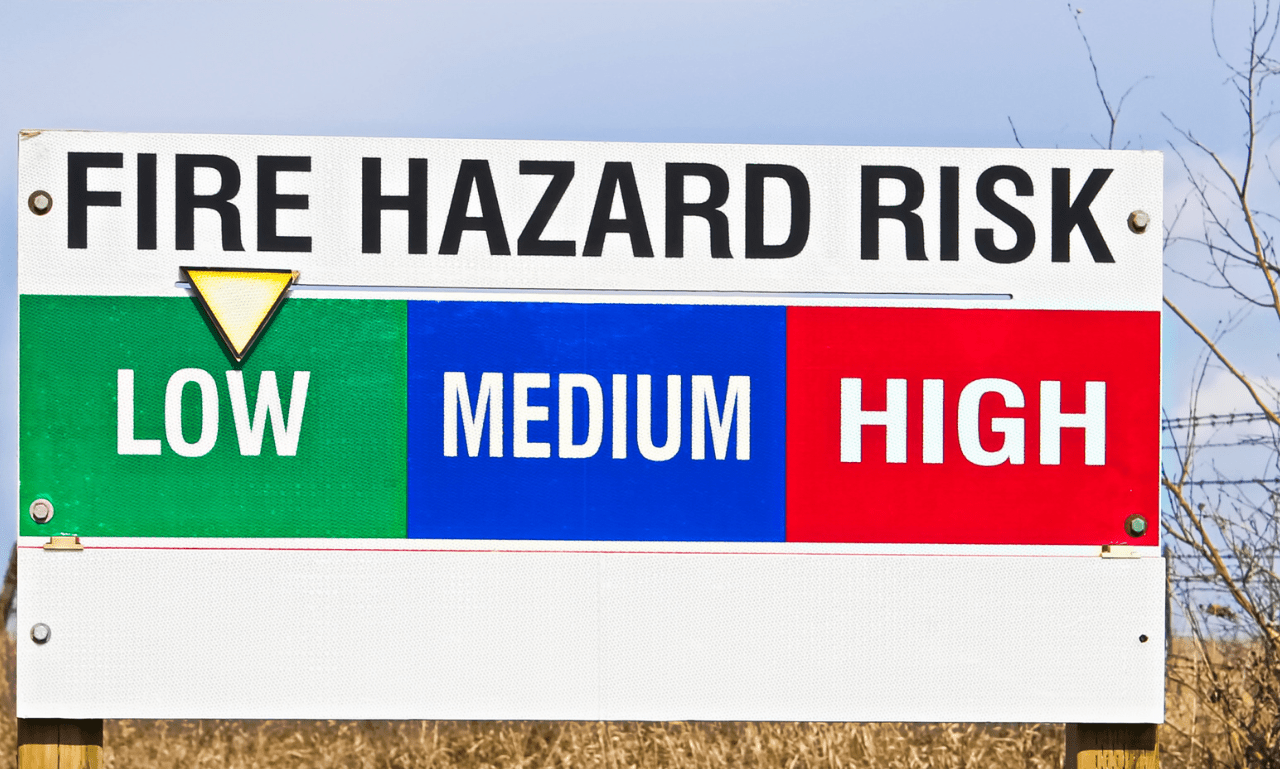
Common Wax Products and Their Fire Risks
Exploring Wax Products Used in Interior Decorating
In the world of interior decorating, wax products are cherished for their ability to enhance the ambiance and create a warm, inviting atmosphere. From the soft glow of candles to the enticing scents of wax melts, these items are staples in many households. However, it’s important to recognize that each of these products comes with its own set of fire risks. In this chapter, we will provide an overview of common wax products used in interior decor, shedding light on the potential fire hazards associated with each, so you can make informed choices to ensure the safety of your space.
Candles: Adding Light and Warmth with Caution
Candles are perhaps the most iconic wax product used for interior decorating. Their flickering flames create an enchanting atmosphere, making them a popular choice for special occasions or to set the mood in everyday life. However, the open flame of a candle poses a significant fire risk. Here are some key points to consider:
- Open Flames: The most apparent fire risk with candles is the open flame. If left unattended or placed too close to flammable objects like curtains or paper, candles can easily ignite a fire.
- Overheating: As candles burn, they can generate substantial heat. This can cause the surrounding wax to melt unevenly, potentially leading to spillage and creating a fire hazard.
- Improper Usage: Using candles inappropriately, such as burning them in drafty areas or on unstable surfaces, can result in accidents. Falling candles can ignite nearby materials.
To mitigate these risks when using candles, it’s essential to follow safety guidelines. Never leave a burning candle unattended, keep it away from flammable materials, and use sturdy candle holders. Opt for flameless LED candles for a safer alternative if you’re concerned about fire risks.
Wax Melts: Fragrance with a Lower Fire Risk
Wax melts have gained popularity as a safer alternative to traditional candles while still providing delightful fragrances. Unlike candles, wax melts are flameless, reducing some fire risks. However, they are not entirely risk-free:
- Overheating: Wax melt warmers or burners can become extremely hot during use. Overheating can cause the wax to spill or ignite if the device malfunctions.
- Electrical Hazards: Wax melt warmers require electricity, so there is a risk of electrical fires or accidents if they are not used correctly or if there are faulty electrical connections.
To use wax melts safely, follow the manufacturer’s instructions for your specific wax warmer or burner. Ensure the device is in good working order and placed on a heat-resistant surface.
Incense and Wax Sachets: Consideration for Smoky Risks
Incense and wax sachets are other wax-based products used for their fragrant qualities. While they do not involve an open flame, they release smoke when burned. The risks associated with these products include:
- Smoke Inhalation: Prolonged exposure to incense or heavy use of wax sachets can result in smoke inhalation risks. Poorly ventilated areas can accumulate smoke, which may be irritating or harmful to health.
- Ash Disposal: The ashes generated by incense can pose a fire risk if not disposed of properly. Hot ashes can ignite flammable materials.
To minimize risks when using incense or wax sachets, ensure adequate ventilation in the area, never leave burning incense unattended, and dispose of ashes safely in a non-combustible container.
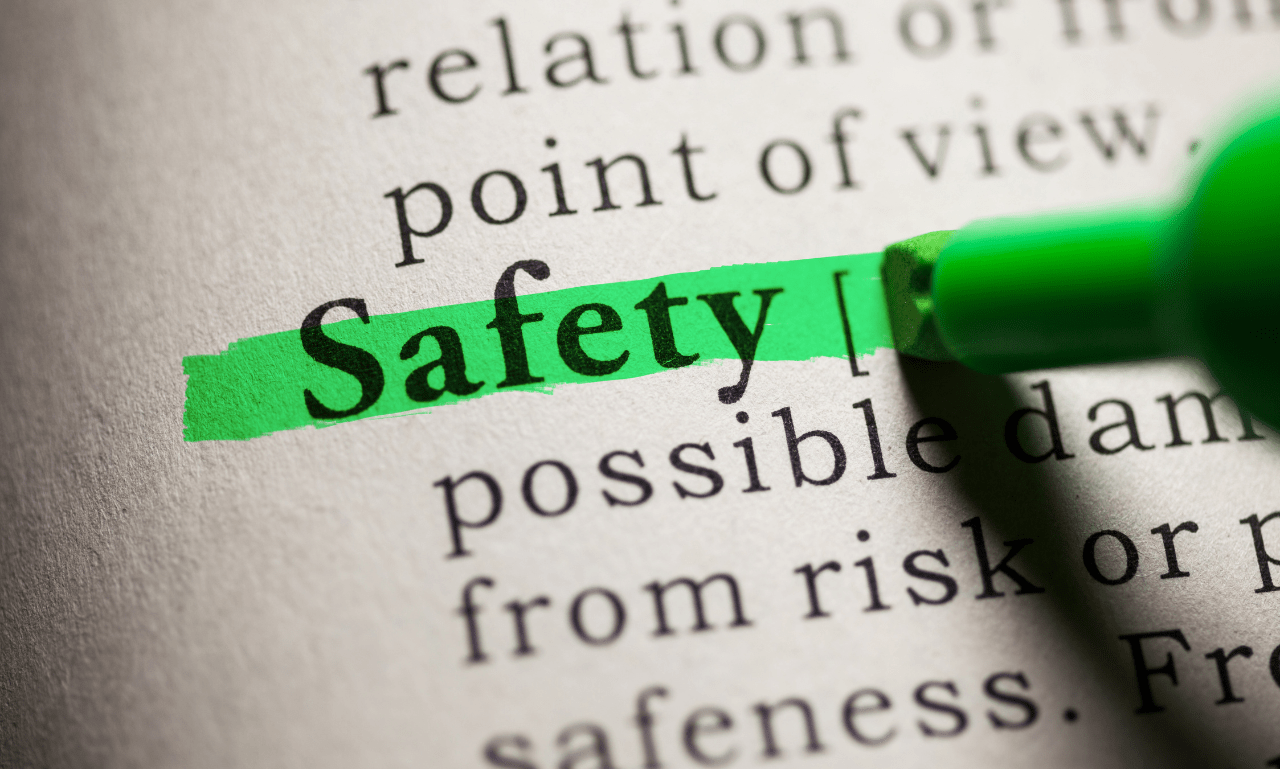
Safety Precautions When Using Wax Products
Essential Safety Tips for Burning Candles and Wax Melts
Using wax products such as candles and wax melts can add a warm and inviting ambiance to your home, but it’s crucial to prioritize safety when enjoying these fragrant additions. In this chapter, we’ll provide a comprehensive list of safety tips to ensure your wax-burning experience is enjoyable, worry-free, and most importantly, safe.
Proper Placement and Stability:
- Always place your candles and wax melt warmers on stable, heat-resistant surfaces. This prevents accidental tipping and minimizes the risk of hot wax spills.
- Ensure that the surface is also non-flammable and free from any potential obstructions or clutter.
Keep Away from Flammable Materials:
- Maintain a safe distance from curtains, drapes, furniture, bedding, or any other flammable materials. A burning candle or hot wax can easily ignite these items if they come into contact.
Trim Candle Wicks:
- Before lighting a candle, trim the wick to around 1/4 inch (6 mm). A shorter wick helps control the flame’s size and reduces the risk of soot buildup and erratic burning.
Never Leave Unattended:
- It cannot be stressed enough: never leave a burning candle or a wax melt warmer unattended. Accidents can happen in the blink of an eye, so extinguish the flame or turn off the warmer when you leave the room.
Use Appropriate Candle Holders:
- If you’re using candles, make sure they are in suitable holders designed for the specific candle type. These holders should catch any dripping wax and provide stability.
Avoid Drafts:
- Drafts from open windows, fans, or air conditioning can cause candles to burn unevenly or tilt, leading to dripping wax or even a sudden extinguishing of the flame. Place candles away from drafts to ensure a consistent burn.
Consider Alternative Options:
- If you have concerns about open flames, consider flameless LED candles or wax melt warmers that use electric heating elements. These options provide the ambiance without the fire risk.
Child and Pet Safety:
- Keep burning candles and wax melt warmers out of the reach of children and pets. Curious little hands and paws can accidentally knock them over, leading to burns or fires.
Extinguish Properly:
- Use a snuffer or the lid of a candle jar to extinguish the flame instead of blowing it out. Blowing can cause hot wax to splatter, increasing the risk of burns or fires.
Be Mindful of Wax Temperature:
- When changing wax melts or handling candles, be cautious of the hot wax. Wait for it to cool before touching or disposing of used wax.
Smoke Alarms and Fire Extinguishers:
- Ensure that your home is equipped with functioning smoke alarms and fire extinguishers. Regularly test smoke alarms and know how to use a fire extinguisher in case of an emergency.
By following these essential safety tips, you can enjoy the soothing glow and delightful fragrances of wax products while minimizing the risk of accidents and ensuring a fire-safe wax experience in your home. Remember, safety should always come first when indulging in the cozy charm of candles and wax melts.

Alternatives to Traditional Wax Products
Wax-Free Options for Scented Ambiance and Decor
Creating a soothing and fragrant ambiance in your living space doesn’t have to come with the potential fire hazard associated with traditional wax-based candles. In this chapter, we’ll delve into wax-free alternatives that offer scented ambiance and beautiful decor options without the worry of an open flame. Let’s explore these alternatives, which include flameless candles, diffusers, and electric wax warmers, offering you a safer approach to achieving the desired atmosphere.
Flameless Candles: Capturing the Glow Without the Fire
If you adore the warm, gentle glow of candles but are concerned about the potential fire risk, flameless candles are a fantastic alternative. These ingenious creations replicate the appearance of traditional candles, complete with flickering flames, but without any actual fire involved. Instead, they use LED technology to create a realistic candlelit ambiance.
Flameless candles are versatile and come in various shapes, sizes, and designs to suit your decor and mood. Some even have timers and remote controls for added convenience. They are perfect for setting the mood during romantic dinners, creating a serene ambiance during baths, or simply adding a cozy touch to your living space. Plus, they are safe to leave unattended, making them a worry-free choice for households with pets or children.
Battery-Operated Candles: A Convenient Alternative
Battery-operated candles are another excellent option if you want to enjoy the aesthetics of candles without the fire hazard. These candles use replaceable or rechargeable batteries to power LED lights, providing a realistic flickering effect. They are particularly handy for outdoor gatherings, as they won’t be extinguished by the wind and won’t pose any risk to your surroundings.
You can find battery-operated candles in various styles, including tea lights, pillars, and tapers, making them suitable for any occasion or decor theme. They are also a great choice for those who want the ambiance of candles without the hassle of wax drips or smoke.
Electric Wax Warmers: Effortless Scented Ambiance
Electric wax warmers are an excellent choice if you’re primarily interested in filling your space with delightful fragrances. These devices use electricity to gently warm scented wax melts or cubes, releasing their aroma into the air. They are a safer alternative to traditional wax candles, as there is no open flame involved.
You can choose from a wide array of wax melts in various scents, allowing you to customize your home’s fragrance to suit your preferences. Electric wax warmers come in various designs and styles, making them both functional and decorative additions to your space. They are ideal for adding a pleasant scent to bedrooms, living rooms, and even office spaces, all without the risk of a burning candle.
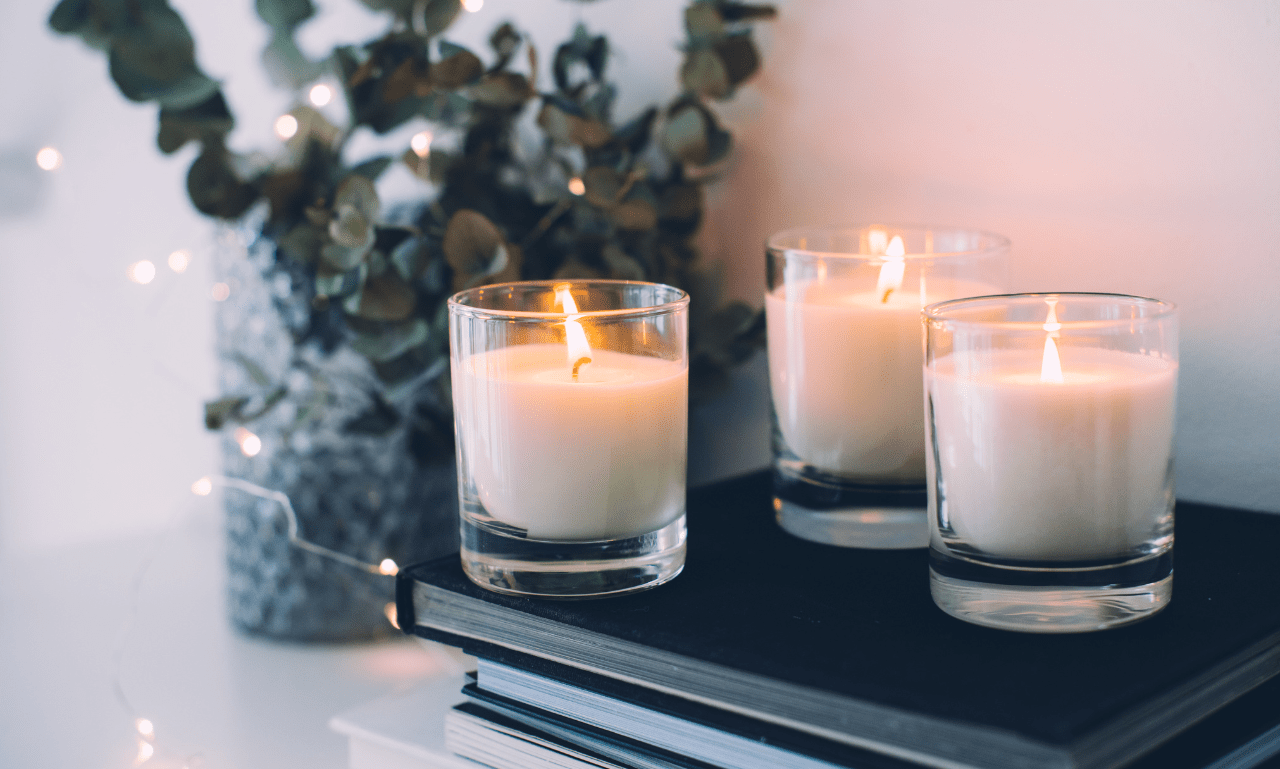
Wax Flammability and Home Decor
Incorporating Wax-Based Decor Safely in Your Home
Wax-based decor elements have an enchanting allure, casting a warm and inviting ambiance in your living spaces. From the soft glow of decorative candles to the intricate beauty of wax sculptures and the charm of wax-dipped ornaments, these items can add a touch of elegance to your home. However, it’s crucial to consider safety as you indulge in these wax-based delights. In this chapter, we’ll explore how to incorporate wax-based decor safely into your home, ensuring that your creative expressions don’t pose unnecessary fire risks.
Understanding Wax Flammability
Before we dive into creative ways to use wax products, it’s essential to understand the flammability of wax. Wax is, by nature, combustible, and it can ignite when exposed to an open flame or excessive heat. This inherent flammability underscores the importance of responsible handling and placement of wax-based decor items.
Safe Placement and Maintenance
- Keep Away from Flammable Materials: When using decorative candles, wax sculptures, or wax-dipped ornaments, ensure they are placed well away from curtains, drapes, tablecloths, and any other flammable materials. This prevents accidental contact with an open flame.
- Use Stable Platforms: Always position candles on stable and non-flammable surfaces, like ceramic or glass candle holders. Avoid placing them on uneven or wobbly surfaces that could lead to accidents.
- Trim Candle Wicks: Regularly trim candle wicks to about ¼ inch in length before lighting. This prevents excessively high flames that can cause wax to spill or create unsafe conditions.
- Never Leave Unattended: Never leave burning candles or other wax-based decor unattended. Always extinguish them before leaving the room or going to bed.
- Place in Draft-Free Areas: Drafts can cause candles to flicker and burn unevenly, potentially leading to wax spillage. Position your candles in draft-free areas to ensure a more even burn.
Creative Ways to Use Wax Products Safely
Now that we’ve covered the basics of wax flammability and safety, let’s explore some creative ways to use wax-based decor in your home while minimizing fire risks:
- Decorative Candle Arrangements: Create captivating centerpieces or mantle displays using a variety of candles in different shapes, sizes, and colors. Opt for flameless LED candles for a safe yet equally charming effect.
- Artistic Wax Sculptures: Showcase intricate wax sculptures as standalone art pieces or as part of your existing decor. Ensure they are securely placed on stable surfaces away from any heat sources.
- Wax-Dipped Ornaments: Craft your own wax-dipped ornaments, like pinecones or dried flowers, for a unique and rustic touch. These can be safely used in various decorative arrangements.
- Candle Sconces: Use decorative sconces to hold candles securely on your walls, adding elegance and warmth to any room. Ensure they are properly installed away from flammable materials.
- Floating Candles: Float candles in bowls of water to create a serene and enchanting atmosphere. Always use heat-resistant containers and supervise them while they burn.
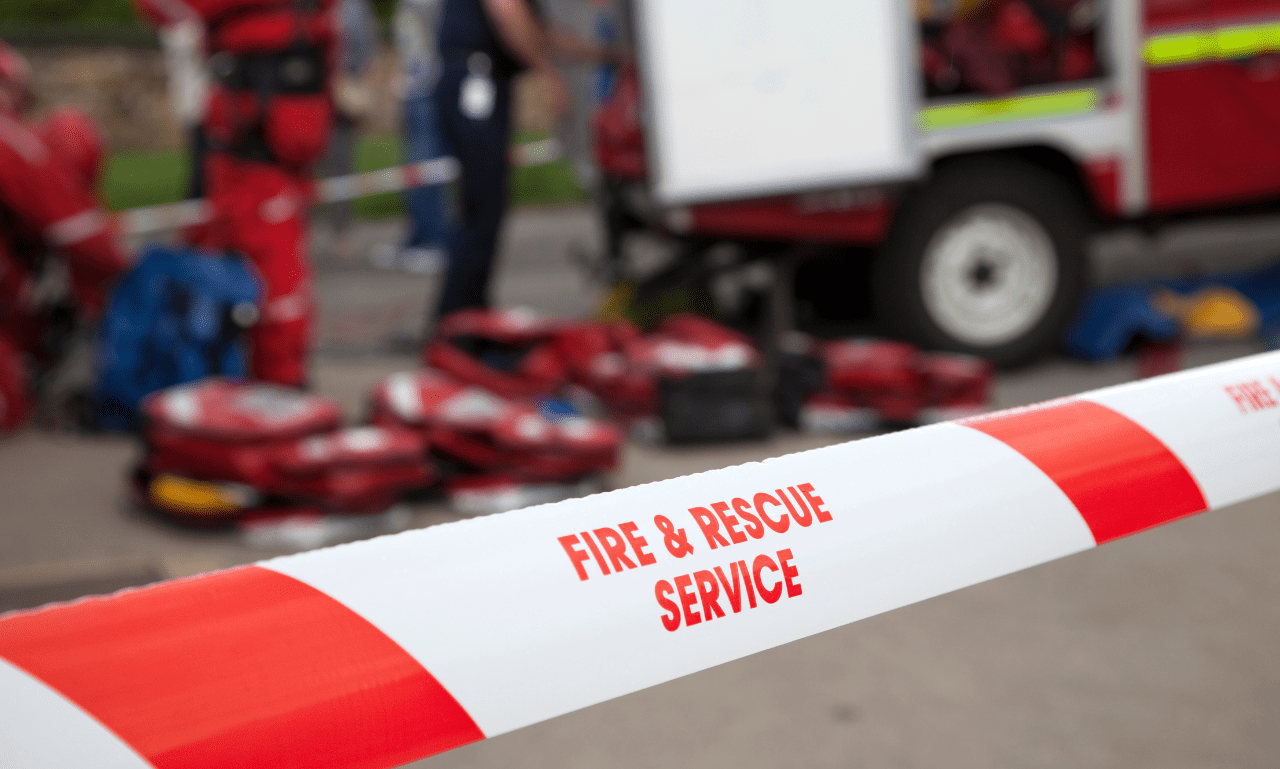
Wax Fire Incidents: Real Stories and Lessons Learned
Case Studies of Wax-Related Fires and Their Causes
In this chapter, we delve into the sobering realm of wax-related fires by sharing real-life case studies. These incidents serve as powerful reminders of the importance of wax safety. Each story is a cautionary tale, shedding light on the devastating consequences that can arise when using wax products without due care and attention.
Case Study 1: The Dinner Table Disaster
In this case, a seemingly innocent candlelit dinner turned into a nightmare when an unattended candle ignited nearby curtains. Within minutes, the room was engulfed in flames. The cause? Negligence and leaving a burning candle unattended. This incident highlights the importance of never leaving candles, especially those in close proximity to flammable materials, unattended.
Case Study 2: The Overloaded Outlet
A decorative wax warmer plugged into an overloaded electrical outlet led to a destructive fire in a cozy living room. The excessive power draw from the overloaded outlet overheated the wax warmer, causing it to malfunction and spark a blaze. This case underscores the significance of proper electrical safety and not overloading outlets, which can lead to catastrophic consequences.
Learning from Others’ Experiences: How to Avoid Wax-Related Accidents
While these stories are unsettling, they offer invaluable lessons that can help us avoid similar wax-related accidents in our own lives. Let’s draw insights from these incidents and understand what went wrong:
- Never Leave Flames Unattended: The first case reminds us never to leave candles or any open flames unattended. Always extinguish them before leaving the room or going to bed.
- Mind Electrical Safety: The second case emphasizes the importance of electrical safety. Ensure your electrical outlets are not overloaded, and regularly inspect your electrical appliances for signs of wear or damage.
- Keep Flammables at a Distance: Keep wax warmers, candles, or other wax-related products away from flammable materials like curtains, paper, or cloth. Create a safe distance to prevent accidental fires.
- Use Flameless Alternatives: Consider flameless alternatives like LED candles or wax warmers to enjoy the ambiance without the fire hazard.
- Invest in Fire Safety Equipment: Have fire safety equipment like smoke detectors and fire extinguishers readily available in your home. Regularly check their functionality to ensure they’re always prepared to respond to emergencies.
- Educate Family Members: Educate your family members about the potential hazards associated with wax products and how to use them safely.
- Plan Escape Routes: In case of a fire emergency, have a well-thought-out escape plan and ensure everyone in your household knows it.

Proper Storage and Handling of Wax Products
Storing Wax Products Safely: Dos and Don’ts
As wax enthusiasts, we understand the value of preserving the quality and safety of our cherished wax products. Whether you have scented candles, decorative wax figurines, or even wax-based beauty products, proper storage is essential. In this chapter, we’ll explore the dos and don’ts of storing wax products, covering aspects such as temperature, humidity, and packaging. By following these guidelines, you’ll ensure the longevity and safety of your beloved wax decor.
Dos of Storing Wax Products
- Maintain Stable Temperatures: Store your wax products in an environment with consistent temperatures. Extremes in temperature, such as extreme heat or cold, can cause wax to melt or become brittle. Ideally, aim for a temperature range between 50°F and 80°F (10°C to 27°C).
- Protect from Direct Sunlight: Sunlight and UV rays can fade colors and soften wax, leading to deformities. Keep your wax items away from direct sunlight, and consider using curtains or blinds to shield them.
- Use Appropriate Containers: For smaller wax items like wax melts or beauty products, opt for airtight containers to prevent contamination and maintain fragrance. Mason jars and silicone containers are excellent choices.
- Label and Date: If you have multiple wax products or scents, label and date them to keep track of their freshness. This helps you rotate and use them efficiently.
- Store Upright: If you have wax candles, store them upright to maintain their shape. This prevents warping or bending.
Don’ts of Storing Wax Products
- Avoid Extreme Temperatures: Never store wax products in places with extreme temperatures, such as attics or basements, which can subject them to freezing or melting conditions.
- Say No to Humidity: Excess humidity can lead to moisture absorption, making wax products damp and less effective. Keep them away from humid environments or use dehumidifiers in storage areas.
- Keep Away from Children and Pets: Wax products can look appealing to curious little ones and pets, but they pose risks if ingested. Store them out of reach and in childproof containers when necessary.
- Don’t Stack Fragile Wax Items: If you have delicate wax decorations or figurines, avoid stacking them. Pressure from stacking can lead to deformities or breakage.
- Don’t Overcrowd: Overcrowding wax products can cause friction and damage. Give each item enough space to breathe and avoid contact with other items.
Tips for Handling and Disposing of Wax Safely
As you enjoy your wax products, it’s essential to think about their end-of-life cycle. Here are some tips for safe handling and eco-friendly disposal:
- Extinguish Candles Safely: When extinguishing wax candles, use a snuffer or a lid to prevent hot wax splatter. Never blow out a candle, as this can send hot wax flying.
- Remove Wax Residue: To reuse candle jars or containers, remove any remaining wax by freezing the container. The frozen wax becomes easy to pop out.
- Recycle or Repurpose: Consider recycling wax packaging or repurposing wax remnants into new candles or wax melts. There are creative ways to make the most of every bit.
- Dispose Responsibly: When disposing of wax products that can’t be reused or recycled, follow local regulations for waste disposal. Many communities have specific guidelines for handling wax waste.
- Eco-Friendly Alternatives: Explore eco-friendly wax products, such as soy or beeswax candles, which are biodegradable and emit fewer pollutants when burned.
Responsible storage, handling, and disposal of wax products not only preserves their quality but also contributes to a safer and more sustainable environment. By following these dos and don’ts, you can continue to enjoy the beauty and fragrance of your wax items while minimizing their impact on the planet. In the next chapter, we’ll delve into advanced tips for maintaining the aesthetics of your wax decorations and enhancing their lifespan.
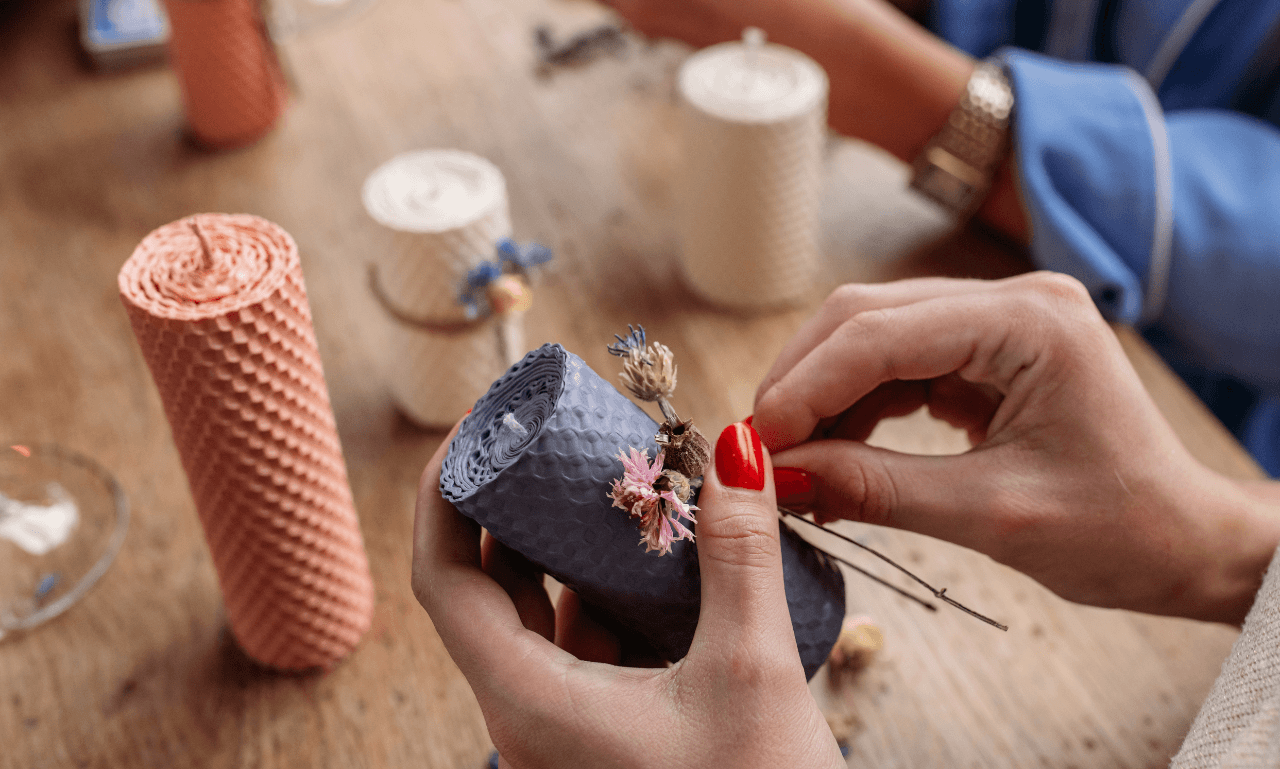
DIY Projects and Wax Safety
DIY Candle Making and Wax-Related DIY Projects: Safety Considerations
In the realm of DIY projects, wax-based creations hold a special allure. Whether it’s crafting beautifully scented candles, making personalized wax melts, or exploring the world of wax-based decor, these projects offer a unique blend of creativity and satisfaction. However, while DIY wax projects can be immensely enjoyable, it’s crucial to prioritize safety throughout your crafting journey. In this chapter, we will dive into the world of DIY wax projects, emphasizing the essential safety considerations every DIY enthusiast should keep in mind.
Using the Right Equipment
Your first line of defense in wax-related DIY projects is to ensure you have the right equipment. Safety should always come first, and the proper tools can make a significant difference. Here are some essentials:
- Double Boiler or Wax Melter: When melting wax, use a double boiler or a wax melter specifically designed for this purpose. Never melt wax directly on a stovetop, as it can lead to fire hazards.
- Thermometer: A thermometer helps you monitor the wax temperature, ensuring it doesn’t overheat and become a fire risk.
- Heat-Resistant Containers: Choose containers and molds that can withstand the heat of melted wax to prevent accidents and spills.
- Safety Glasses and Gloves: Protect your eyes and skin from hot wax splatters by wearing safety glasses and heat-resistant gloves.
- Fire Safety Equipment: Have a fire extinguisher and fire blanket nearby in case of emergencies.
Choosing Safe Wax Types
The type of wax you select is crucial for both safety and the quality of your DIY project. Here are some common wax options:
- Soy Wax: Known for its clean burn and eco-friendliness, soy wax is a popular choice for candle making. It’s safe to handle and produces minimal soot.
- Paraffin Wax: While paraffin wax is widely used, it can emit soot and potentially harmful chemicals when burned. Exercise caution and ensure proper ventilation when working with it.
- Beeswax: Beeswax is natural and emits a pleasant, subtle fragrance when burned. It’s generally considered safe but may require slightly higher melting temperatures.
- Palm Wax: Palm wax is known for its beautiful crystalline finish but may require careful handling due to its high melting point.
Adhering to Best Practices
In DIY wax projects, adherence to best practices is paramount:
- Work in a Well-Ventilated Area: Proper ventilation is essential to prevent the buildup of fumes and ensure a safe workspace.
- Follow Instructions Precisely: Whether you’re using a candle-making kit or following a DIY tutorial, stick to the instructions diligently.
- Keep an Eye on Wax Temperature: Overheated wax can lead to fires or injuries. Maintain the recommended temperature range for your chosen wax type.
- Avoid Overloading Outlets: If you’re using electrical equipment, avoid overloading outlets and use surge protectors to reduce the risk of electrical fires.
- Store Supplies Safely: Keep wax, fragrance oils, and other supplies in a cool, dry place away from children and pets.
Balancing creativity and caution is essential in DIY wax decor projects. Expressing your artistic side should always go hand in hand with ensuring a safe environment. By using the right equipment, choosing safe wax types, and adhering to best practices, you can enjoy the world of DIY wax projects with confidence. In the following chapters, we’ll dive deeper into specific wax-related projects, offering step-by-step guides and creative inspiration while keeping safety at the forefront of our discussions.
Conclusion
A Wax-Smart Approach: Empowering Home Enthusiasts
In conclusion, this comprehensive guide has empowered home enthusiasts with a thorough understanding of wax flammability and essential safety measures. Whether you’re a fan of traditional candles or exploring wax-free alternatives, you can enjoy your interior decor and DIY projects with confidence, knowing how to mitigate fire risks.
Creating a Safe and Beautiful Home with Wax
The goal is to create a safe and beautiful home using wax-based decor elements, all while minimizing fire risks. By following the guidelines, considering alternatives, and learning from past incidents, you can embrace the warmth and charm of wax without compromising safety.
For more insights on dealing with unexpected water-related mishaps, check out our article on ‘Accidentally Leaving the Hose On for a Week: What To Do Now.’

